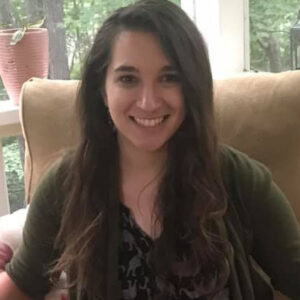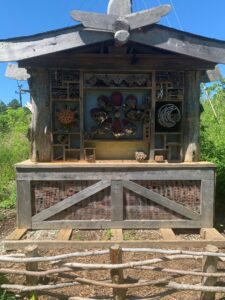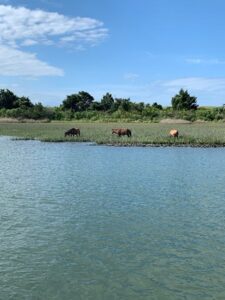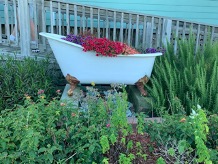
I feel so grateful to have spent the past several months working with the Sisonke Ntwana Project for my practicum. The project is a research intervention aimed at providing arts and play-based therapeutic interventions for pregnant and postpartum adolescents in Johannesburg. For me, this has been amazing, because it combines my interest in mental health, art therapy, and global populations, while also setting me up to learn qualitative research skills.
The study uses a developmental perspective, relying on psychological, biological, and social changes. With my background in social work, this is especially fascinating and important because it provides a critical perspective to look at how the life stage intersects with exposure to violence and mental health. Moreover, there is a systems approach to the study since the project examines how social stigma within healthcare settings affects mental health, barriers to reporting assault, transportation, and housing.
My Contribution:
Throughout my practicum, I was able to develop interview guides for the art interventionists, researchers, and the liaison who works with the project and as a nurse. The interview questions are aimed at gathering qualitative data about perspectives on the project, experiences, training, and other observations that are not typically captured during the session recordings. The goal of gathering this information is for evaluative purposes so the project can make sure its goals are appropriate and adjust if necessary.
After I developed the questions for each group or individual, I began the interview process! Scheduling these interviews was a bit hectic since we had to accommodate for the time difference (Johannesburg is 6 hours ahead of NC), but it was fascinating to hear the different perspectives and ideas people had about the project. There were many topics about community-wide social challenges, racial dynamics and how they can play out in-session, and ethical issues that can come up. Each of these topics shifted depending on the role the person had in the project, and I felt so lucky to be the person that was listening and interviewing folks about their experience. I also think people were appreciative to have a place to talk about their experiences.
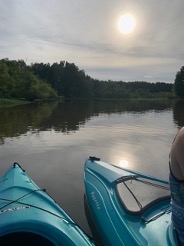
Wrap-Up Reflection
Part of me is surprised that my practicum experience is already over, and the other part of me feels like it’s been much longer than 3 months. I genuinely feel like I’ve learned so much throughout my practicum experience, it’s funny to think about before it all started. Throughout my involvement in this project, I’ve worked on qualitative data analysis using Dedoose, cleaned mental health interview transcriptions, created a spreadsheet to organize data, created multiple interview guides and interviewed 6 team members, and much more. When I look at all the work I’ve done and the new things I’ve learned, it does feel like much longer than 3 months (but in a good way).
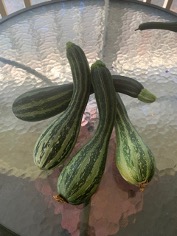
Key Takeaways
This practicum experience was so rich for me and there were a lot of key takeaways.
Some takeaways revolve around research practice and my interests. One interesting thing for me was how different, and more pressing, ethical challenges come up while practicing intervention-based research. Some of our MPH classes talk about ethics in research, but it is tricky to imagine the exact ethical scenario or challenge one might face until you’re in it, so this was a good way for me to see that better. This project also brought up to me how interesting I find interventions that use some sort of art or play-basis and how different modalities are appropriate for specific. For example, art and play therapy are especially useful for adolescents or folks with autism. I’m keen on exploring more about creative modalities and how they can be used for specific groups
Additionally, some of the most important key takeaways revolve around how I will approach my future job search. This practicum did make me realize how much I enjoy doing qualitative research and how I plan to look for a job than has that role. It also highlighted something that will be important for me and my future job search which is finding the right balance of community-based work and computer-based work. On top of each of these things, working on this project highlighted how pivotal it is to have a strong team and supervisor relationship. Lastly, this project team has such great rapport, and they work so well together which is something I think everyone that engages with it notices and it changed the dynamic of the work.
I am truly appreciative of all of the skills and takeaways I learned throughout my practicum and can’t wait to apply them in future work!
Lydia

